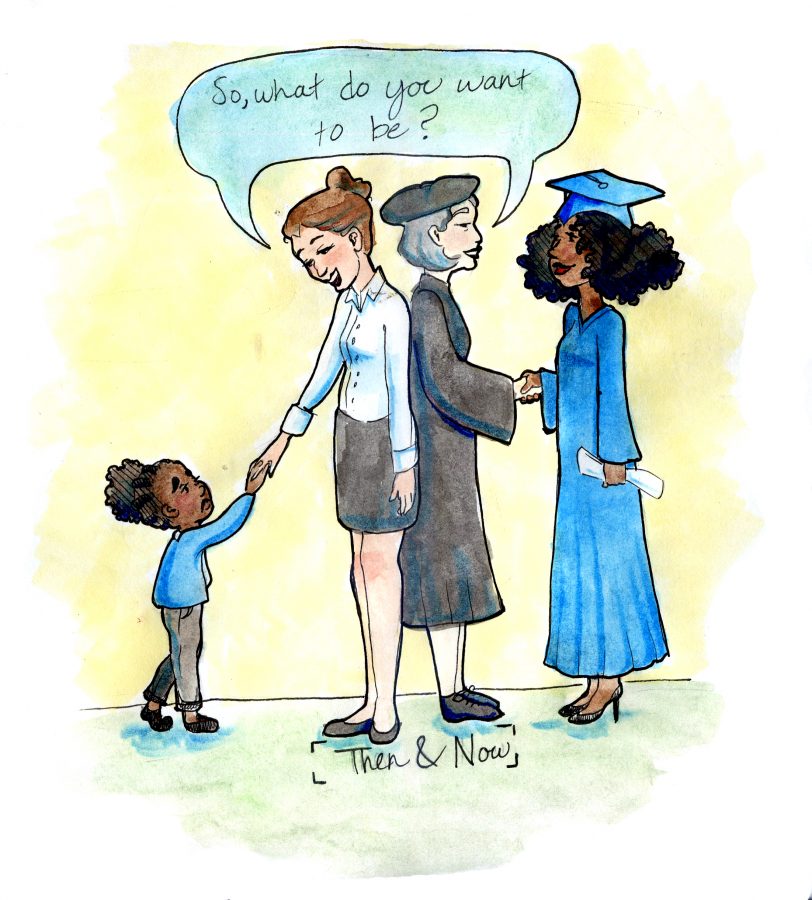In 2013, Legislative Session 83 passed House Bill 5, and ever since, students and school districts have struggled to keep up. By forcing students to make career choices early-on and counselors to take on a heavier workload through endorsements, the bill creates more problems than solutions.
The bill created the Foundation High School Program, replacing of the traditional “four-by-four” system, requiring students to take four classes each in English, math, science and social studies for all four years, for the endorsements program. The new program still requires four years of English but only three years of other core subjects, also cutting several other required classes.
It’s claim to fame, however, is providing a system of Endorsements — areas of interest, selected when leaving middle school, that guide course selection through high school: STEM; Business and Industry; Public Services; Arts and Humanities; and Multidisciplinary Studies. A student’s chosen endorsement dictates everything from elective options to the number of math and science classes required of them, all based on what field they chose.
In an ideal scenario, this program can help students transition out of high school into higher education, vocational schooling, or the workforce. But it leads to a number of drawbacks, and effective implementation of the system can still elicit confusion for students, parents and counselors.
A student with an interest in anatomy and dreams of becoming a scientist would likely fall into the STEM endorsement — that is, unless they wanted to become a general doctor, which would put them in the Public Services endorsement, or a veterinarian, which would fall under Business and Industry Career and Technical Education, or an archeologist, which would fall under Arts and Humanities. Given that the program was made to combat high school students’ uncertainty in entering the job market, forcing eighth graders to answer the question “What do you want to be when you grow up?” is the opposite of a solution.
Of course, a student could alter their endorsement and resulting course schedule, or even drop from the endorsement program altogether in 10th grade. This leads into another problem with the program: balancing work for counselors.
Tasked already with emotional and academic support, a counselor must now juggle planning for each student’s understanding of the endorsement system so that they can make strides towards a career. That goes for each student — some Austin Independent School District high schools assign over 500 students to a single counselor, with no additional funding from HB5.
When asked about endorsements, students were quick to air their grievances with the program.
“After two days of not seeing anyone, they sat me in a waiting room for four hours,” says Comal ISD student Gabryella Carrelli. “I never did end up getting help. The secretary said they were busy learning to submit new paperwork from the district.”
Promoting a flexible high school course system is a step in the right direction to helping career-oriented students learn applicable skills, but for the system to work as intended, schools need to focus less on putting them on a path and more on providing the information needed to make the right choice.
Kunz is an English freshman from New Braunfels.





















